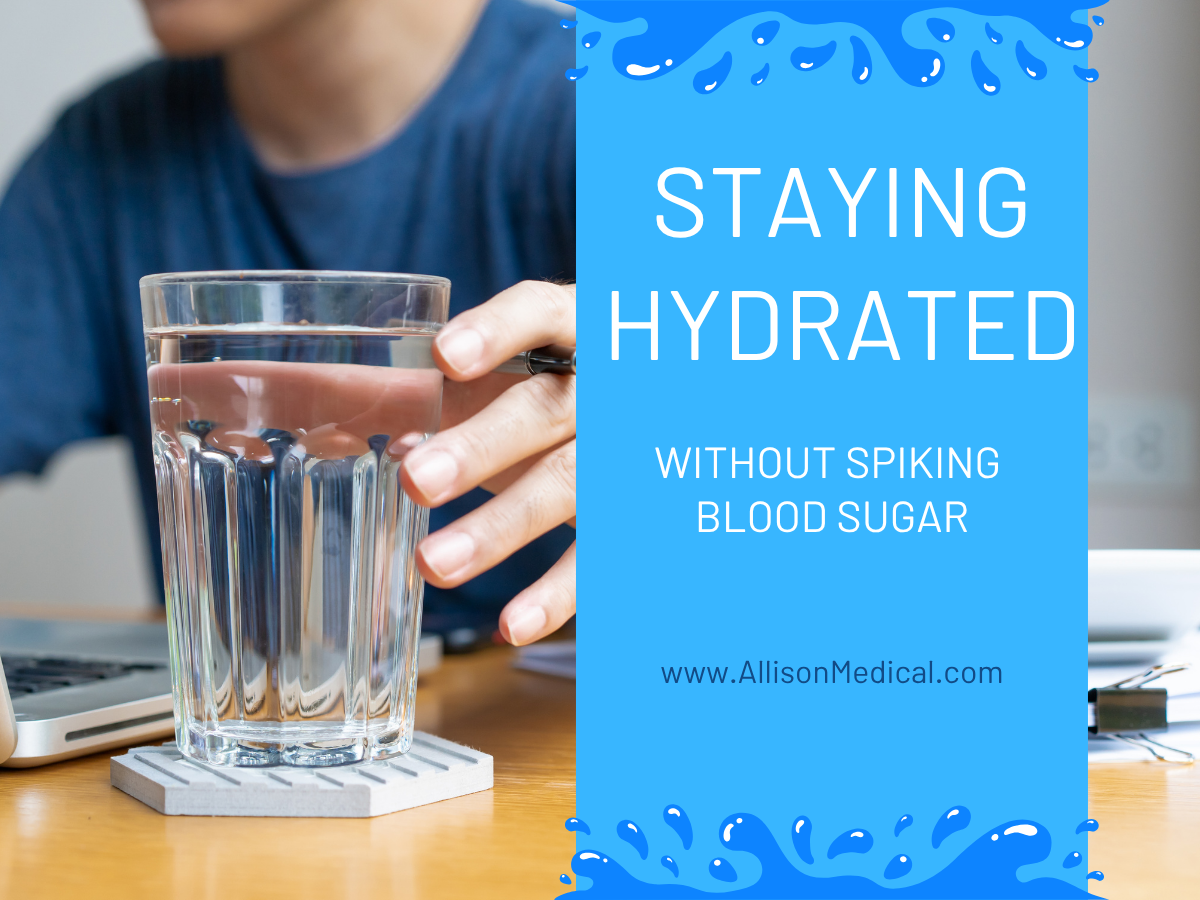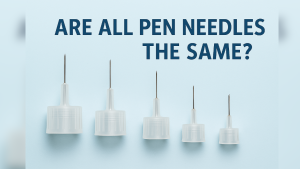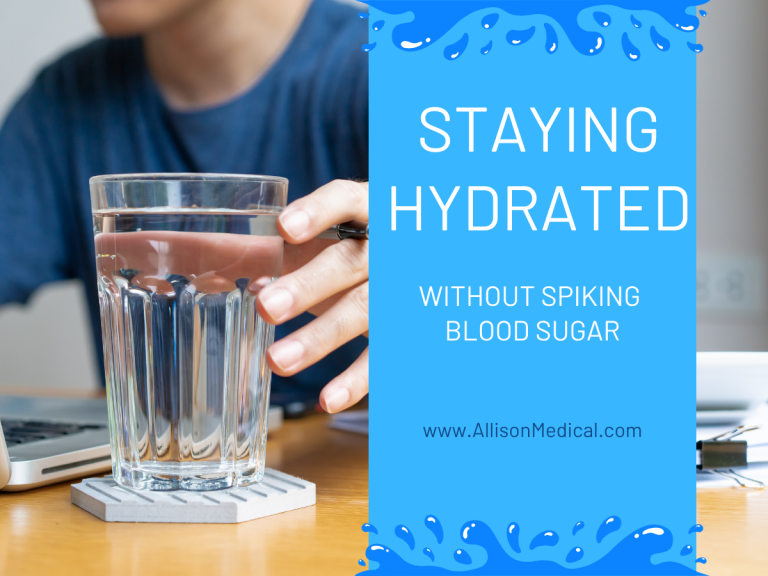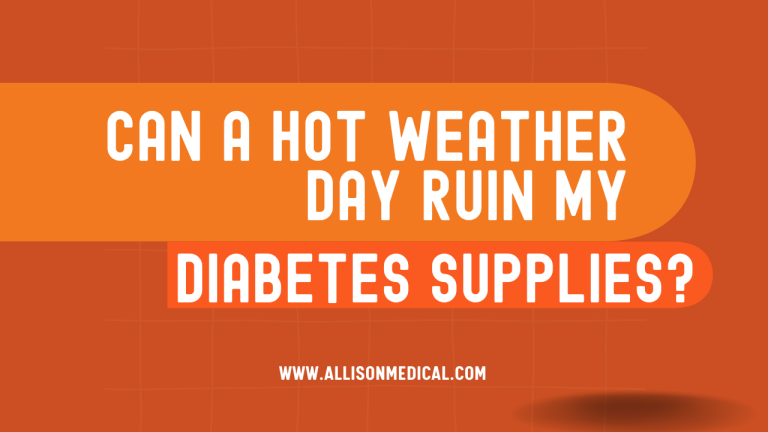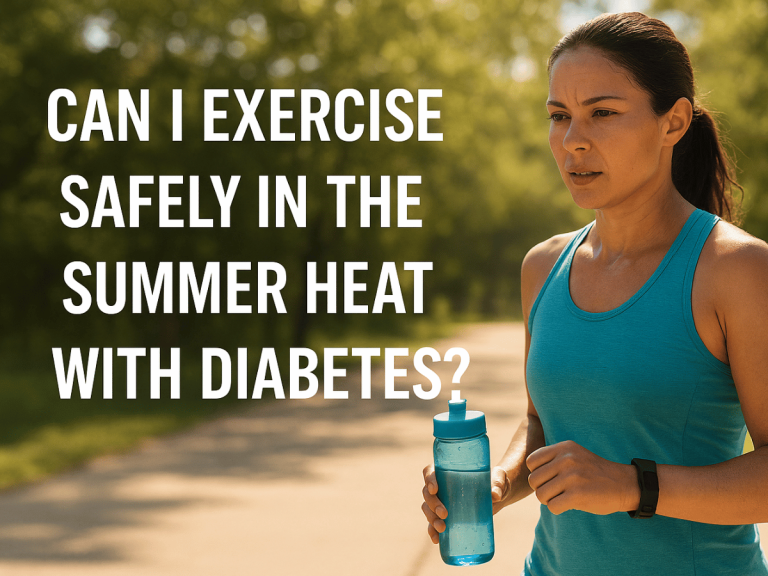Be sure to talk to your medical professional before making any treatment or equipment changes.
Hydration Is Essential—but So Is Blood Sugar Control
Summer means heat, sweat, and sun—and for people with diabetes, that adds up to one critical priority: hydration. But not all drinks are created equal. From sports drinks to smoothies and iced coffees, many summer favorites are loaded with sugar and carbs that can send your blood glucose soaring.
So how do you keep cool, stay hydrated, and still manage your numbers? Let’s break down smart hydration strategies that won’t mess with your blood sugar.
1. Why Dehydration Is a Big Deal for People with Diabetes
Even mild dehydration can:
- Concentrate blood glucose levels
- Lead to higher A1C readings over time
- Trigger stress hormone responses that raise blood sugar further
- Reduce insulin absorption efficiency (especially with pens or pumps)
In hot weather, your body loses fluids faster—especially through sweat. If you don’t replace what you lose, glucose control can quickly spiral.
2. What to Drink: Blood Sugar–Friendly Options
Let’s start with the basics: water is best. But there are plenty of other safe choices, too.
Top hydration options for people with diabetes:
- Plain water (add lemon, cucumber, or mint for flavor)
- Sparkling water (unsweetened or flavored without sugar)
- Infused water (soak berries, citrus, or herbs for a refreshing twist)
- Electrolyte-enhanced water (low-carb or sugar-free)
- Unsweetened iced tea or herbal teas, served chilled
- Diluted coconut water (choose no-added-sugar varieties and use in moderation)
Be wary of:
- Regular sports drinks (often 20–35 grams of sugar per bottle)
- Fruit juices and lemonades
- Iced coffee drinks or smoothies with syrups and milk alternatives
Always read labels—and when in doubt, test your blood sugar 30–60 minutes after trying a new beverage.
3. Are Sugar-Free Drinks Safe?
Generally, yes. Sugar-free or “diet” drinks use non-nutritive sweeteners like stevia, sucralose, or aspartame, which don’t raise blood sugar levels.
That said, some people find that sugar alcohols (like sorbitol or erythritol) can cause bloating or gastrointestinal discomfort in large quantities. If a drink is labeled “low-carb” or “sugar-free,” check for artificial sweeteners and try in moderation first.
4. When Should You Reach for Electrolytes?
If you’re:
- Exercising outdoors
- Spending hours in the sun
- Experiencing excessive sweating or signs of fatigue
…you may need electrolyte support (think sodium, potassium, magnesium). Choose sugar-free or low-carb electrolyte drinks such as:
- LMNT
- Nuun tablets
- Propel (zero sugar)
- Gatorade Zero or Powerade Zero
Avoid traditional sports drinks unless treating a low blood sugar episode.
5. Hydration and Insulin Absorption
Did you know that dehydration can slow down insulin absorption? Especially for those using insulin pens or injections, dry tissue at the injection site may interfere with how the insulin works. That’s why consistent hydration supports more predictable results from your insulin therapy.
Use high-quality pen needles and rotate injection sites to maximize comfort and accuracy, especially when temperatures rise.
6. Create a Hydration Routine That Works
Here’s a sample hydration strategy for hot days:
- Wake-up: Drink 8 oz. of water
- With each meal: At least one glass of a low-carb beverage
- During outdoor activity: 4–8 oz. every 15–30 minutes
- After exercise or sweating: Electrolyte-enhanced water
- Before bed: Small glass of water to replenish—but not too much to disrupt sleep
7. What About Treating Lows?
If your blood sugar drops too low, fast-acting glucose is essential—but you don’t need a full sports drink. Stick to:
- 4–6 oz. juice
- Glucose tablets or gel
- Regular soda (small amount)
Once your levels return to normal, switch back to your regular hydration plan.
Final Thought: Stay Cool and Stay in Control
Hydration plays a bigger role in diabetes management than most people realize. With the right drink choices—and a bit of planning—you can enjoy the heat without letting it wreck your blood sugar.
Stick to water, low-carb alternatives, and quality diabetic equipment that supports consistent insulin delivery. Because managing diabetes in summer starts with what you sip.
References:
- American Diabetes Association. (2022). Hydration and Diabetes. https://www.diabetes.org/healthy-living/nutrition/staying-hydrated
- Mayo Clinic. (2023). Best Drinks for People with Diabetes. https://www.mayoclinic.org
- CDC. (2023). Managing Blood Sugar in the Heat. https://www.cdc.gov/diabetes/managing/heat.html
- Joslin Diabetes Center. (2022). How Hydration Affects Insulin Absorption

